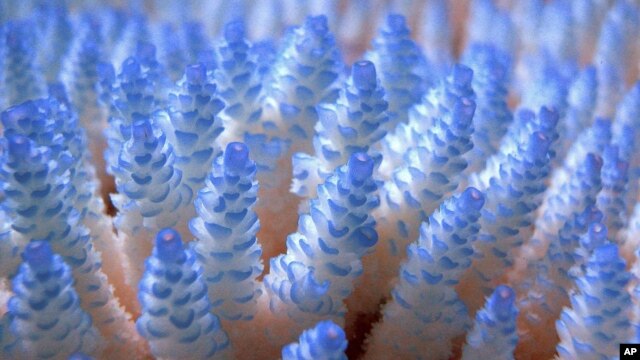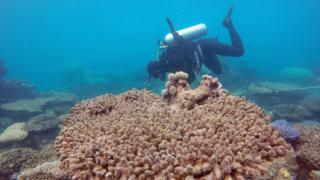Just wanted to get your attention. Florida just had the first coral bleaching event in 30 years...due to cold! Bet you never knew corals could die from the cold did you?
NOAA and partners from 12 organizations surveyed sites in the Florida Keys to determine the extent of coral bleaching, and death, in the wake of record low-water temperatures. Scientists assessed coral health at more than 78 sites from January 25 to February 12 to determine the severity of coral bleaching and reefs most affected.
During the first two weeks of January 2010, water temperatures in some parts of the Keys dropped into the upper 40s and lower 50s, which is about
20 degrees Fahrenheit lower than the typical temperatures of the upper 60s and lower 70s. The lethal lower limit for corals is 60 degrees Fahrenheit.
First Florida Cold-water Bleaching Event in 30 Years
NOAA and partners from 12 organizations surveyed sites in the Florida Keys to determine the extent of coral bleaching, and death, in the wake of record low-water temperatures. Scientists assessed coral health at more than 78 sites from January 25 to February 12 to determine the severity of coral bleaching and reefs most affected.
During the first two weeks of January 2010, water temperatures in some parts of the Keys dropped into the upper 40s and lower 50s, which is about
20 degrees Fahrenheit lower than the typical temperatures of the upper 60s and lower 70s. The lethal lower limit for corals is 60 degrees Fahrenheit.
First Florida Cold-water Bleaching Event in 30 Years







